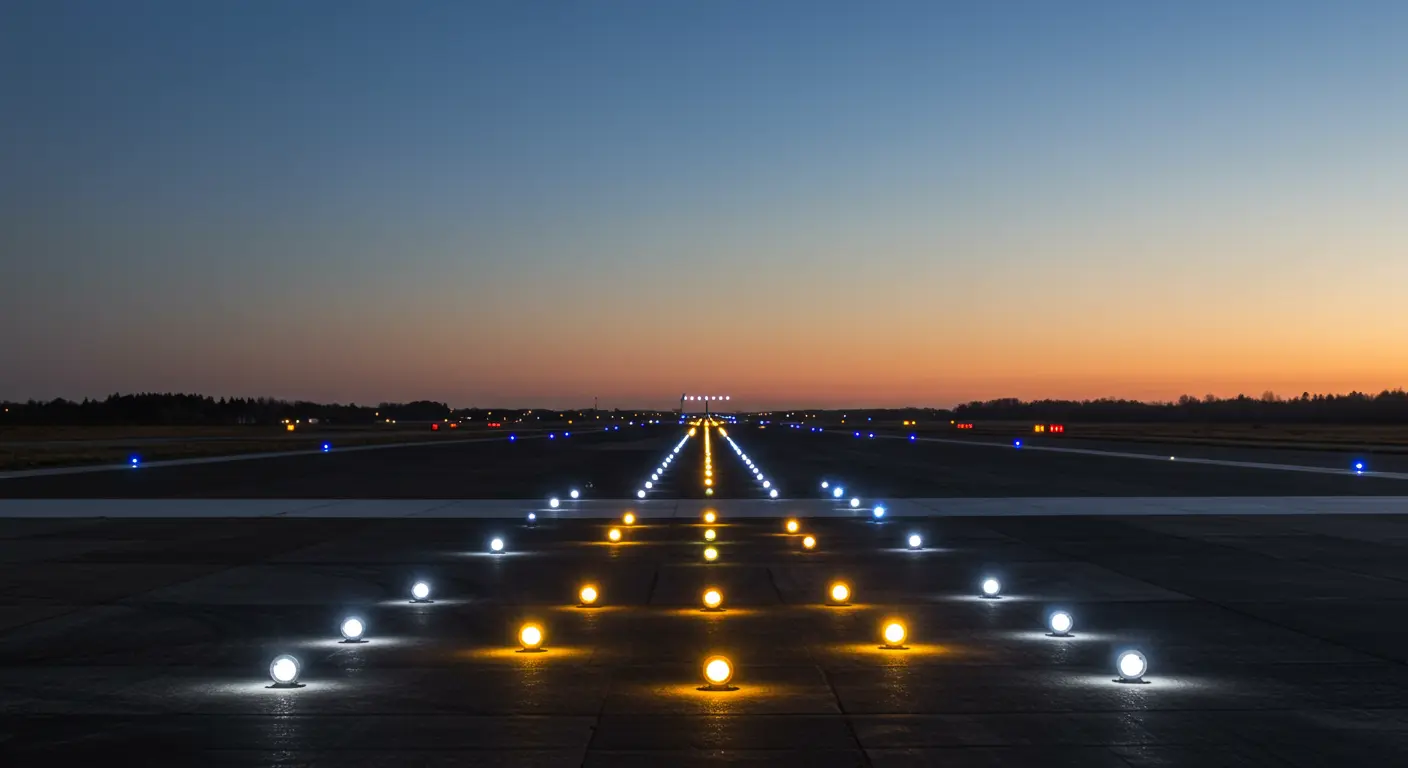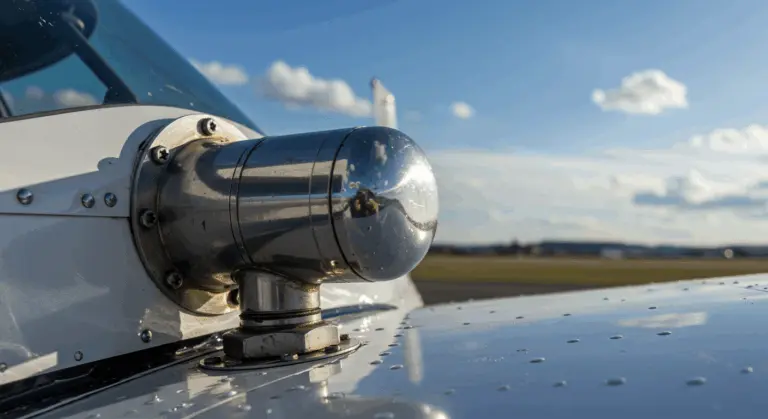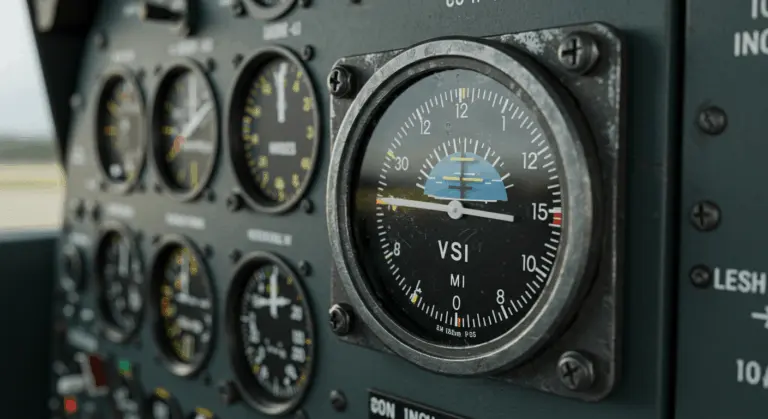Airport Lighting – Comprehensive Guide to Systems and Components
Understanding Airport Lighting Systems
Airport lighting systems serve as the backbone of safe aircraft operations during nighttime hours and periods of reduced visibility. These sophisticated networks of lights guide pilots through every critical phase of airport operations—from the initial approach through landing, taxiing, and eventual takeoff.
At the heart of this system lies the Approach Lighting System (ALS), strategically positioned at the runway’s approach end. This carefully designed arrangement of light bars and strobes extends outward from the runway threshold, creating a luminous pathway that enables pilots executing instrument approaches to visually acquire the runway and achieve precise aircraft alignment.
Over decades, these systems have transformed into highly sophisticated and efficient installations. Built to rigorous international standards, they create a universal visual language that pilots can interpret with confidence regardless of their location worldwide.
Key Components of Airport Lighting
Airport lighting encompasses several critical components working in harmony. Runway edge lights—predominantly white—clearly delineate the usable runway boundaries. On instrument-rated runways, these lights undergo a strategic color transition, shifting to amber yellow in the final approach zone to alert pilots of the impending runway termination.
Meanwhile, distinctive blue taxiway lights trace the boundaries of aircraft movement areas. These serve as vital navigational aids, safely guiding aircraft between runways and terminal gates during nighttime operations or when visibility deteriorates.
Other key components work together to form a comprehensive guidance system:
-
Runway centerline lights
-
Touchdown zone lights
-
Runway End Identifier Lights (Rails)
-
Visual approach slope indicators
Types of Runway Lights and Their Functions
Runway lighting systems are meticulously categorized by intensity levels and specialized functions, with each element playing a crucial role in maintaining operational safety. Every runway certified for night operations must feature comprehensive lighting that clearly defines the runway’s operational boundaries, encompassing edge lighting, threshold illumination, and runway end markers.
Runway edge lights are classified by three main intensity levels, with GIRL and GIRL being adjustable based on visibility:
-
High Intensity Runway Lights (GIRL)
-
Medium Intensity Runway Lights (GIRL)
-
Low Intensity Runway Lights (GIRL)
Runway Edge Lights
Runway edge lights clearly outline runway boundaries, precisely outlining runway boundaries to establish unmistakable visual references during takeoffs and landings. These white lights are positioned at 60-meter intervals along both runway edges, creating a continuous visual corridor.
On precision instrument runways, the lighting scheme changes. The color systematically transitions to cautionary yellow during the final 2,000 feet—or half the runway length, whichever is shorter—providing pilots with an unmistakable visual warning of the approaching runway end.
Runway edge light intensity remains fully adjustable based on prevailing visibility conditions. When weather deteriorates, operators can increase brightness settings to maximum levels, ensuring pilots maintain optimal visual guidance even in challenging circumstances.
Touchdown Zone Lights
Touchdown zone lights (TDZLs) appear as white light bars positioned symmetrically on either side of the runway centerline, improving runway identification during landings conducted in compromised visibility. These lights commence precisely 100 feet beyond the threshold and extend up to 3,000 feet—or to the runway’s midpoint, whichever is shorter.
TDZLs do more than just provide illumination. They provide unmistakable visual references during the most challenging conditions—dense fog, driving rain, or blowing snow. By clearly demarcating the optimal touchdown zone, they enable pilots to make accurate landing point assessments, significantly improving safety.
Each transverse row features carefully arranged groups of three white lights. This creates a distinctive geometric pattern that functions as a precise visual aiming point for accurate touchdowns, maintaining effectiveness even when atmospheric conditions severely compromise visibility.
Runway Light Colors and Their Meanings
Airport lighting employs a standardized color-coding system designed to convey specific operational information instantly. This chromatic language improves pilot situational awareness while reinforcing safety protocols throughout all phases of ground operations.
| Color | Meaning & Location |
|——–|———————————————————————————|
| White | Runway edge and centerline lights. |
| Red | Marks the end of a usable runway; indicates obstructions. |
| Blue | Taxiway edges. |
| Green | Runway threshold (from approach); taxiway centerlines. |
| Yellow | Caution zones; last section of runway edge lights; ILS critical areas. |
Color Coding in Airport Lighting
Color patterns communicate specific operational information. Consider runway threshold lights: they appear green when viewed from the approach direction, yet transform to red when observed from the runway itself—effectively marking both the beginning and conclusion of the designated landing area.
Similarly, alternating green and yellow taxiway centerline lights serve as critical warning indicators. They alert pilots when approaching runway intersections or entering ILS critical areas—zones where unauthorized aircraft presence poses significant operational hazards.
This precision extends to other specialized markings that reduce ground navigation errors:
-
Stop Bars: Solid red lights indicating a required stop point.
-
Clearance Bars: Three in-pavement yellow lights indicating a holding position.
-
Geographic Position Markings: Provide location information on taxiways.
Specialized Airport Lighting Systems
Beyond standard lighting configurations, airports use specialized systems designed to enhance both safety margins and operational efficiency. These advanced installations prove particularly valuable during adverse weather conditions or complex nighttime operations.
Contemporary airports are adopting LED technology, which offers significant advantages over traditional tungsten halogen systems. LEDs offer superior energy efficiency, extended operational lifespan, and precise brightness control—all while maintaining exceptional reliability in harsh environmental conditions.
Specialized systems address specific operational needs:
-
Pilot Controlled Lighting (PCL): Allows pilots to remotely activate lights at airports without active towers.
-
Runway End Identifier Lights (REAL): Synchronized flashing lights that rapidly identify the runway end.
-
Optical Landing Systems (OLS): Provide precise visual approach guidance.
-
Leading Lights: Offer extended visual references beyond standard approach lighting.
Approach Lighting Systems (ALS)
Approach Lighting Systems (ALS) are a critical component in enabling the transition from instrument to visual flight during landing operations. These extensive light arrays project outward from the runway threshold, creating a luminous corridor that assists pilots in achieving precise runway alignment while accurately judging approach distances during deteriorating weather conditions.
The configuration and physical extent of approach lighting systems vary considerably based on runway classification and operational requirements. Precision approach runways typically feature comprehensive ALS installations extending 2,400 to 3,000 feet into the approach corridor.
Standardized ALS configurations are designed for different operational requirements:
-
MALS: Medium Intensity Approach Lighting System with Runway Alignment Indicator Lights
-
ALSF-1 & ALSF-2: Approach Lighting System with Sequenced Flashing Lights
-
SS ALR: Simplified Short Approach Lighting System with Runway Alignment Indicator Lights
-
OVALS: Omnidirectional Approach Lighting System
The operational effectiveness of approach lighting systems is most evident during low-visibility operations, where they provide essential depth perception cues otherwise unavailable to pilots at standard approach distances. By establishing a known spatial relationship to the runway itself, these systems significantly improve safety during the critical final approach phase.
Visual Approach Slope Indicator (VAST)
The Visual Approach Slope Indicator (VAST) functions as an essential ground-based navigation aid, providing precise vertical guidance throughout the final approach phase. This system enables pilots to maintain the optimal glide path angle, ensuring safe obstacle clearance while achieving consistent landing performance.
Pilots interpret the traditional VAST color pattern as follows:
-
White / White: Too high
-
Red / White: On correct glide path
-
Red / Red: Too low
The Precision Approach Path Indicator (PAPI) system has now largely superseded VAST. Variants include:
-
PAPI: Four lights in a single row offering more precise guidance.
-
ATAPI: An abbreviated two-light version.
-
BASIS / STASIS: T-shaped systems used in certain regions.
These visual guidance systems are essential for maintaining safe obstacle clearance margins. Pilots must remain at or above the indicated glide path, helping to counter potentially dangerous visual illusions that can occur during landing approaches—particularly in challenging lighting or weather conditions.
Conclusion: The Importance of Airport Lighting
Airport lighting is fundamental to of aviation safety, enabling seamless operations throughout nighttime hours and periods of reduced visibility. This sophisticated visual infrastructure provides continuous guidance for pilots navigating every phase of airport movement—from initial approach through final departure.
The true significance of these systems is most evident during adverse weather encounters. When fog banks roll in, precipitation intensifies, or snow begins falling, lighting provides those crucial visual references that allow operations to continue safely despite dramatically reduced visibility conditions.
Airport lighting also demonstrates aviation’s commitment to safety through systematic redundancy. These visual aids function as independent verification systems, complementing sophisticated electronic navigation equipment while providing essential backup guidance when primary systems face challenges.
Understanding runway lighting principles is essential for pilots, air traffic controllers, and airport operations personnel alike. The standardized colors and patterns create a universal visual language—one that ensures airport movements of airport movements proceeds with both precision and high safety standards.







